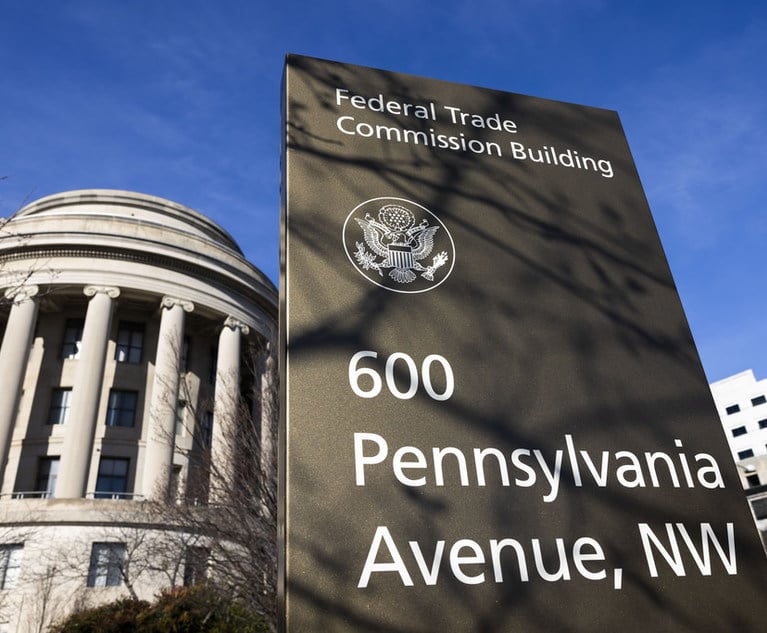June Medical Services v. Russo, 591 U.S. ___, 140 S.Ct 2103 (2020), will probably be remembered by the public at large as the case in which the U.S. Supreme Court ruled unconstitutional a Louisiana state law requiring doctors working in abortion clinics to have “active admitting privileges at a hospital … located not further than thirty miles from the location at which the abortion is performed.” The law mirrored a Texas state law that the court found unconstitutional in 2016 in Whole Woman’s Health v. Hellerstedt, 579 U.S. ___ , 136 S.Ct __ (2016). For state and federal court litigators, Chief Justice Robert’s concurring opinion will also be recalled for its recital of the history of the doctrine of stare decisis, “the legal term for fidelity to precedent” and its present application in federal courts. 140 S.Ct at 2134 (concurring opinion, quoting Black’s Law Dictionary).
Quoting 18th century sources as applicable to 21st century litigation, the Chief Justice begins by noting that in 1765 it had “long been ‘an established rule to abide by former precedents, where the same points come again in litigation; as well to keep the scale of justice even and steady, and not liable to waver with every new judge’s opinion.’” 140 S.Ct at 2134 (concurring opinion; quoting 1 W. Blackstone, Commentaries on the Laws of England 69 [1765]). He then explains that “[t]his principle is grounded in a basic humility that recognizes today’s legal issues are often not so different from the questions of yesterday and that we are not the first ones to try to answer them.” 140 S.Ct at 2134 (concurring opinion).


 Thomas R. Newman and Steven J. Ahmuty Jr.
Thomas R. Newman and Steven J. Ahmuty Jr.




